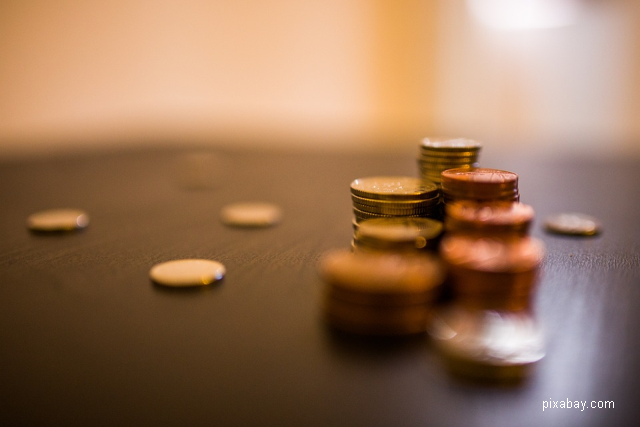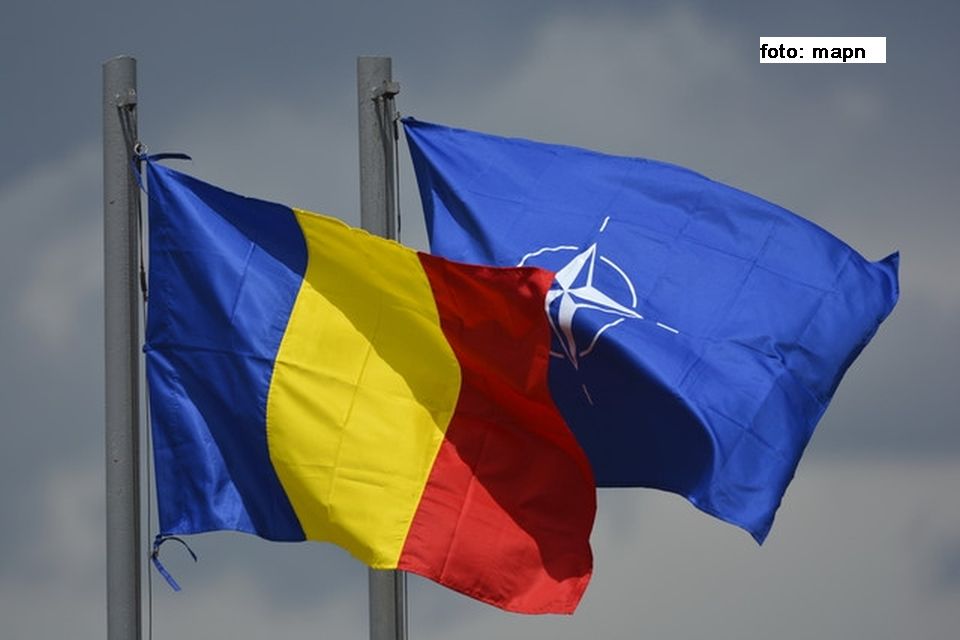Prices surge in Romania
Prices go up in Romania from one month to the other

Leyla Cheamil, 14.11.2022, 13:50
For several months now, prices have been on an upward trend in Romania, worsening living standards especially for low-income citizens, who struggle to cope with the surges.
On the other hand, according to data made public by the European Statistics Office (Eurostat), Romania is one of the countries with the highest increases in agricultural yield, 25%, alongside Bulgaria and Czechia. The EUs agricultural yield went up 8% in 2021 compared to the previous year. According to Eurostat, Romania is one of the 7 member states with substantial contributions to the blocs agricultural yield.
And still, foodstuff prices have grown significantly this past year. Of these, sugar is one of the products with the highest price increase (62%). According to the National Statistics Institute (INS), sunflower oil prices also rose by nearly 44%, and potatoes are now sold for over 40% more.
In the non-foods category, the highest rises are reported for natural gas (40%), electricity (27%), heating (23%) and fuel (20%). Telecoms services are 0.76% less expensive, which is the only price decrease reported in October this year since October 2021.
Meanwhile, INS data indicate that the annual inflation rate was slightly lower in October than in the previous month, reaching 15.32%. The National Bank of Romania expects inflation to go up moderately towards the end of the year, and then to gradually go down to one-figure levels in the first half of 2024.
The central bank says the prospective reversal of the annual inflation trend after the plateau in the last quarter of 2022 relies on a dampening of global shocks in terms of supply, including the implementation of energy price-capping mechanisms until August 2023. According to the National Bank, the escalation of the war in Ukraine and the ever stricter sanctions against Russia nonetheless generate uncertainties and significant risks to economic operations, and implicitly to the medium-term inflation trends.
The European Commission also expects Romania to reach an inflation peak at the end of this year, followed by a decrease below 10% in 2024. It is one of the reasons why, the Commission says, the countrys economic growth rate will slow down to 1.8% next year and to 2.2% in 2 years time.
In the second quarter of 2022 and subsequently, the consequences of the Russian invasion of Ukraine, the high inflation rate, the tightened monetary policy and close control on cash flows is expected to have significantly slowed down the countrys economic growth. Nonetheless, the European Commission has upgraded its economic growth estimates, from 3.9% this summer to 5.8% in its autumn forecast made public last week. (AMP)






























